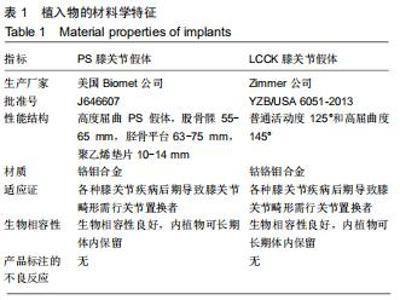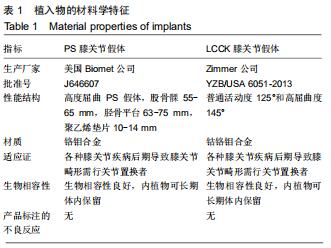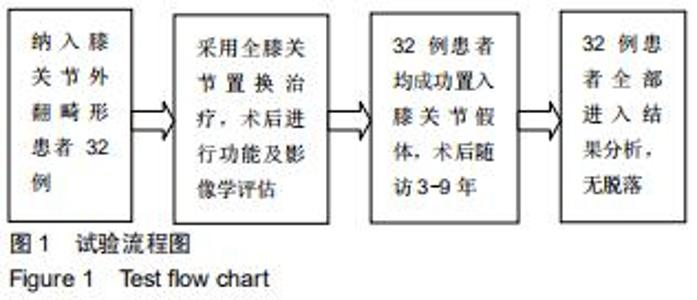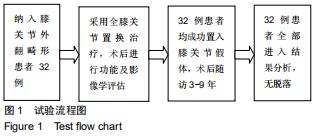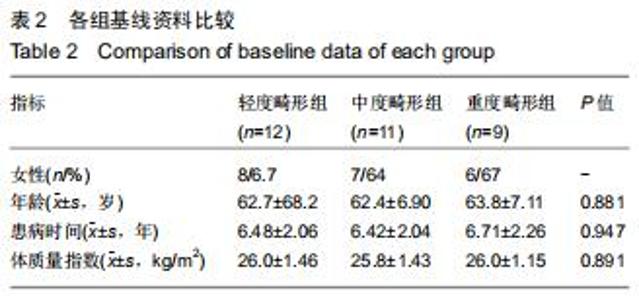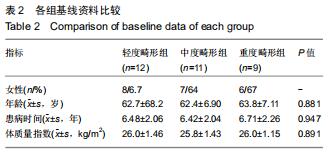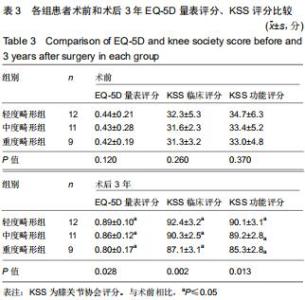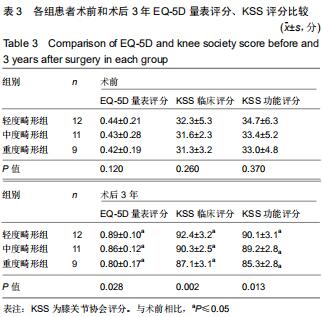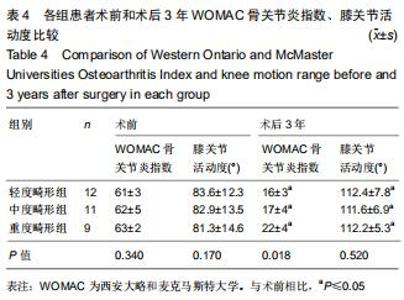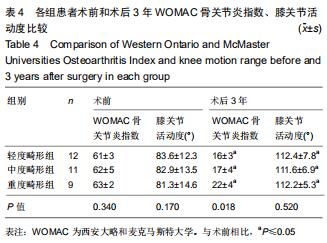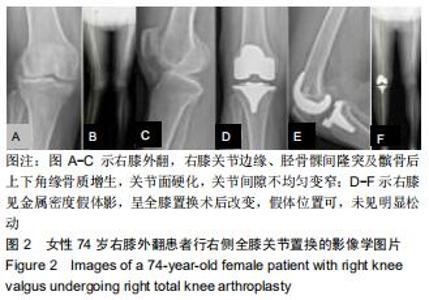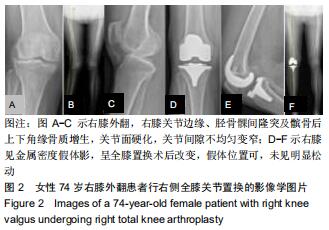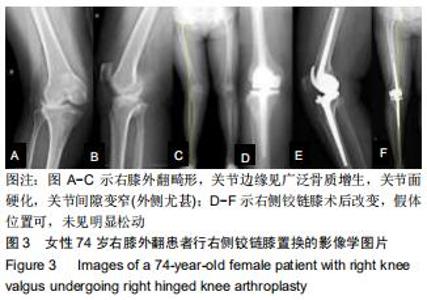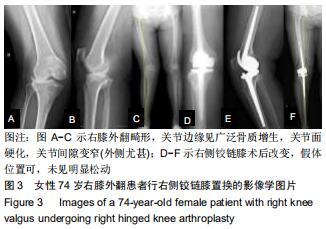|
[1] WILLIOT A, ROSSET P, FAVARD L, et al. Total knee arthroplasty in valgusknee. Orthop Traumatol Surg Res. 2010;96(4 Suppl): S37-S42.
[2] KRACKOW KA, JONES MM, TEENY SM, et al. Primary total knee arthroplasty in patients with fxed valgus deformity. Clin Orthop Relat Res.1991;273:9-18.
[3] RANAWAT AS, RANAWAT CS, ELKUS M, et al. Total knee arthroplasty forsevere valgus deformity. J Bone Joint Surg (Am).2005; 87 Suppl 1(Pt2):271-284.
[4] SAKU SA, MADANAT R, MÄKINEN TJ. Reasons and risk factors for ninety day re-admission following primary total knee arthroplasty in a high-volume centre. Int Orthop. 2017.
[5] OHMORI T, KABATA T, KAJINO Y, et al. The accuracy of the"projected surgical transepicondylar axis" relative to the"true surgical transepicondylar axis" in total knee arthroplasty. Knee. 2017;24(6): 1428-1434.
[6] 廖红兴,刘展亮,李晓彬,等.个体化全膝关节置换术治疗膝外翻畸形术后随访分析[J].医学信息,2014,27(12):315-316.
[7] BODENDORFER BM, KOTLER JA, ZELENTY WD, et al. Outcomes and predictors of success for arthroscopic lysis of adhesions for the stiff total knee arthroplasty. Orthopedics. 2017;40(6):e1062-e1068.
[8] LIN K, BAO L, WANG J, et al. Validation of the Chinese (Mandarin) Version of the Oxford Knee Score in Patientswith Knee Osteoarthritis. Clin Orthop Relat Res. 2017;475(12):2992-3004.
[9] 王亚康,郭建斌,王涛,等.铰链膝假体在重度外翻膝全膝关节置换术中的应用[J].实用骨科杂志,2018,24(8):701-705.
[10] GUERREIRO JPF, BADARO BS, BALBINO JRM, et al. Application of tranexamic acid in total knee arthroplasty- Prospective randomized trial. Open Orthop J. 2017; 11(15): 1049-1057.
[11] 马涛,郝林杰,宋伟,等.髌旁外侧入路全膝关节置换术治疗膝外翻畸形的疗效分析[J].中国骨与关节损伤杂志, 2019,34(8):792-795.
[12] CHUN KC, LEE SH, BAIK JS, et al. Clinical and radiological results of cruciate-retaining total knee arthroplasty with the NexGen®-CR system: comparison of patellar resurfacing versus retention with more than 14 years of follow-up. J Orthop Surg Res. 2017; 12(1): 144.
[13] INSALL J, SCOTT WN, RANAWAT CS. The total condylar knee prosthesis. A report of two hundred and twenty cases. J Bone Joint Surg Am.1979;61(2):173-180.
[14] WHITESIDE LA. Selective ligament release in total knee arthroplasty of the knee in valgus. Clin Orthop Relat Res. 1999;367(367):130-140.
[15] AGLIETTI P, BUZZI R, GIRON F, et al. The Insall-Burstein posterior stabilized total knee replacement in the valgus knee. Am J Knee Surg. 1996;9(1):8-12.
[16] GAILLARD R, LORDING T, LUSTIG S, et al. Total knee Arthroplasty after varus distal femoral osteotomy vs native knee: Similar results in a case control study. Knee Surg Sports Traumatol Arthrosc. 2017;25(11): 3522-3529.
[17] 王斌,韩守江,张合,等.3D打印截骨导板辅助股骨内侧髁上闭合楔形截骨治疗膝外翻[J].实用骨科杂志,2019,25(12):1128-1132.
[18] GWAM CU, CHUGHTAI M, KHLOPAS A, et al. Short-tomidterm Outcomes of revision total knee arthroplasty patients With a total stabilizer knee system. J Arthroplasty. 2017;32(8):2480-2483.
[19] XIE K, LYONS ST. Soft tissue releases in total knee Arthroplasty for valgus deformities. J Arthroplasty. 2017; 32(6): 1814-1818.
[20] ZHOU X, WANG M, LIU C, et al. Total knee arthroplasty for severe valgus knee deformity. Chin Med J Engl). 2014;127(6): 1062-1066.
[21] HINO K, KUTSUNA T, WATAMORI K, et al. Varus-valgus stability at 90° flexion correlates with the stability at midflexion range more widely than that at 0° extension in posterior-stabilized total knee arthroplasty. Arch Orthop Trauma Surg. 2017;137(10): 1429-1434.
[22] HERNÁNDEZ-VAQUERO D, SANDOVAL-GARCÍA MA. Hinged total knee arthroplasty in the presence of ligamentous deficiency.Clin Orthop Relat Res. 2010;468(5): 1248-1253.
[23] 王亚康,郭建斌,王涛,等.铰链膝假体在重度外翻膝全膝关节置换术中的应用[J].实用骨科杂志,2018,24(8):701-705.
|
